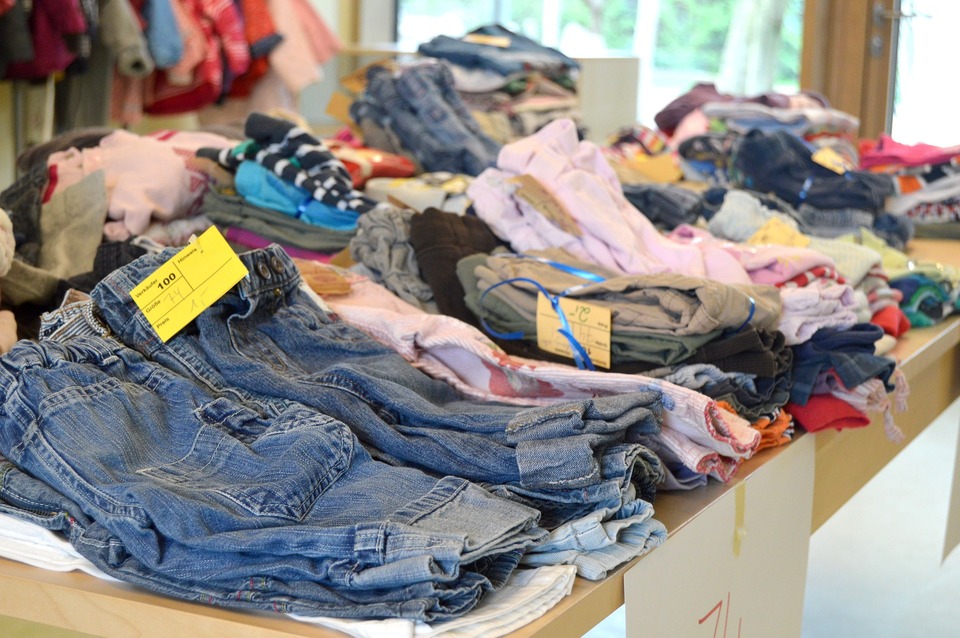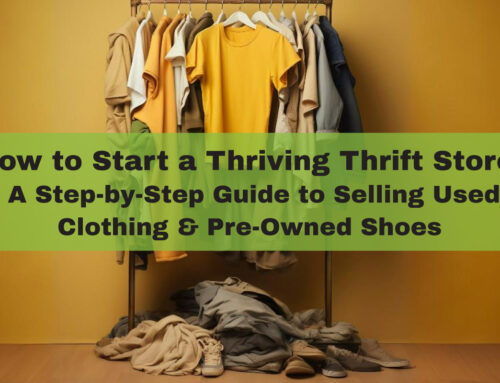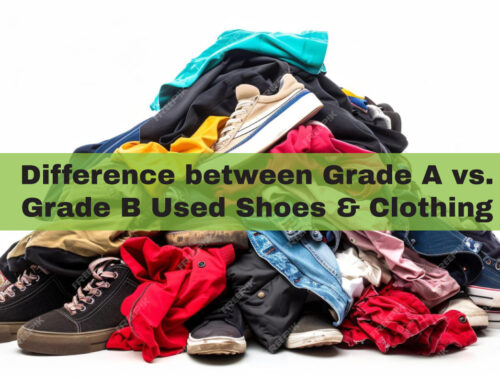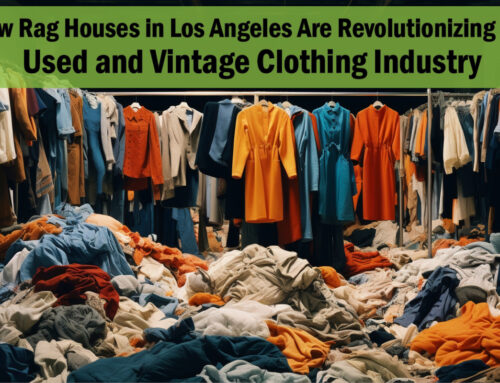Used clothing is very popular these days and is expected to become even more popular in the coming years. Used clothing sales are forecasted to reach $77 billion by 2025. Most consumers are attracted to second-hand clothing because they are reasonably priced. Also, there is a growing awareness among people regarding the ill effects of fast fashion on the environment, which has also been instrumental in popularizing used clothing.
Dispelling myths about the used clothing industry
One of the common misconceptions regarding the used clothing industry is that most second-hand clothing exported to developing nations gets discarded immediately. That’s so not true. Used clothing is a profitable industry. Why will any business pack, ship, and distribute products that are only going to end up in a landfill?
So, what actually happens to used clothing? Most of the used clothing gets sold directly in the market. The ones that are not sold go down the supply chain and are sold at smaller markets throughout the region.
The used clothing industry is booming, thanks to affordable pricing and climate-conscious consumers. In most cases, second-hand clothes are also of better quality and last longer than cheap fast fashion. When we say second-hand clothes, we don’t mean torn and tattered clothes. Used clothing encompasses many popular and high-end brands. Consumers usually sell them or donate them to thrift stores and resale outlets. If you could get a Dior or Gucci dress at the same price as many fast fashion brands, wouldn’t you pick up the high-end dress instead?
What impact does used clothing have on the economy?
Kenya is perhaps the best example of how used clothing can have an impact on the economy. It is the largest importer of second-hand clothing in the African continent.
In 2021, the Institute of Economic Affairs in Kenya published a study, and the key findings of the study were:
– The used clothing industry directly employs nearly 2 million people in Kenya. It is also responsible for creating jobs in ancillary industries, such as transportation.
– 36% of the Kenyan population lives below the poverty line. By creating numerous jobs, the second-hand clothing industry has helped millions of Kenyans fight off poverty.
– 91.5% of Kenyan households buy second-hand clothing.
– The used clothing industry is also responsible for significant revenue generation for the Kenyan Govt. Businesses dealing in second-hand clothing pay license fees and import duties to local and national governments, providing millions of dollars to support the economy.
– Many businesses in the used clothing sector are run by women, creating gender equality in the country.
– The environmental impact of the used clothing industry is also immense. Buying second-hand clothing results in lesser greenhouse gas emissions as compared to when producing new textiles.
Is it a good way of reducing fashion waste?
The fashion industry is one of the biggest polluters in the world, creating a negative impact on the environment. Besides social and environmental problems, the fashion industry also has a bad reputation for the ill-treatment of garment workers and waste generated through excessive clothing production.
Only 1% of the clothing used to make new clothes is recycled. The fashion industry has a bigger carbon footprint than the airline and maritime industries combined. 20% of all the water pollution in the world is because of the fashion industry.
There is a growing awareness among people regarding climate change and the ecological impact of the fashion industry. More and more consumers are demanding that businesses become more sustainable. Buying used clothing is the conscious consumer’s way of pushing back at fast fashion.
When you buy used clothing, you reuse a garment increasing its shelf life. Unlike cheap fast-fashion clothing items, high-quality second-hand clothing retains its value over time. Therefore, buying a high-quality second-hand item means getting better quality at an affordable price. You also lessen the negative impact of fast fashion on the environment.
The younger generation is attracted to the used clothing industry because it gives them access to items they ordinarily could not afford. Buying an original high-end item may not be possible for everyone. However, you can find some amazing high-end pieces at thrift stores and resale outlets at almost throwaway prices.
The used clothing industry encourages the reuse of clothing items, which is a big step towards sustainability. Second-hand clothing is a win-win for both the consumer and the environment.
Buying used clothing is an excellent way to own high-quality items while staying within your budget. Besides helping you save a lot of money, the second-hand clothing industry has a positive economic, social, and environmental impact.
Do you also want to get your hands on some amazing high-end pieces at a very reasonable price? If you do, you must check out Samiyatex for the latest fashion and some amazing brands.






